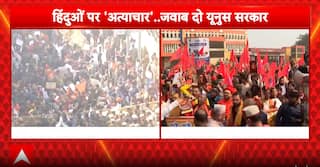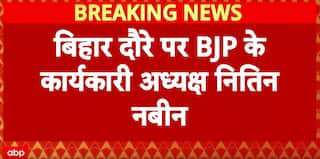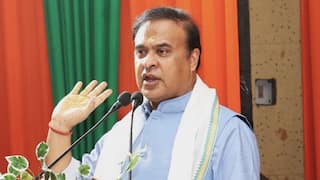Is Budget 2023 Growth-Oriented Or An Election Manifesto? Let's Find Out
Though the finance minister had something for everyone in her Budget, Bloomberg states the Budget as a slew of measures to boost infrastructure for creating more jobs and attract investment

Finance Minister (FM) Nirmala Sitharaman presented the Union Budget in Parliament on Wednesday for the financial year 2023-24. The finance minister unveiled her fifth straight Budget with seven priorities – inclusive development, reaching the last mile, infrastructure, and investment, unleashing the potential, green growth, youth power, and financial sector.
It was expected that the finance minister will announce a slew of people-centric announcements as it is the final full budget of the Modi government 2.0 before the country goes to the general elections in 2024, besides Assembly polls in nine key states – Chhattisgarh, Karnataka, Madhya Pradesh, Mizoram, Meghalaya, Nagaland, Rajasthan, Tripura, and Telangana this year. Since this is the last full Budget of the present government, the finance minister tried to touch every section of the society and take care of the economy as well.
However, the opposition parties are claiming the Budget as an election manifesto. The government is under the pressure to create jobs in the country of 1.4 billion where many people have struggled to get employment. Though the FM had something for everyone in her Budget, Bloomberg states the Budget as a slew of measures to boost infrastructure for creating more jobs and attract investment.
Here are the five major announcements of the government in the Budget that answer why the Budget looks like a growth-oriented one that focuses on fiscal consolidation and taking care of most strata of the society and market as well.
First: The Budget 2023 is a growth-oriented Budget. The government has hiked capital expenditure by 33 per cent to Rs 10 lakh crore over previous year for infrastructure development to support growth. Capex will be 3.3 per cent of GDP and the allocation of funds for capital expenditure is the highest ever. The capex has increased by three times over the capex of FY20. It will not only enhance growth, it will create jobs, crowd-in private investment and provide a cushion against global headwinds.
Second: The finance minister is committed to continue move on the path of fiscal consolidation. The government intends to bring the fiscal deficit below 4.5 per cent of GDP by 2024-25. Thus the government pegged the fiscal deficit target at 5.9 per cent of the GDP for FY24 and efficiently managed to keep fiscal deficit of the current fiscal at 6.4 per cent.
Third: the government has increased the rebate limit from Rs 5 lakh to Rs 7 lakh in the new tax regimes. Now, individuals with an income of Rs 7 lakh will have to pay zero tax under new tax regimes. The tax slabs are reduced from six to five and increased the tax exemption limit to Rs 3 lakh. Though, the opposition parties are of the view that it is because of keeping the general election in mind this rebate is given to the middle class. However, the relaxation will encourage the middle class to spend more to create demand to attract private investment to boost growth.
Fourth: The agriculture sector has been always the backbone of the Indian economy. During the global Covid-19 pandemic when all engines of the economy registered negative growth, it was the agriculture sector that secured positive growth. Keeping it in mind and to support the agriculture sector, the government will promote one crore farmers to adopt natural farming. The government will set-up 10,000 bio-input resource centres to create a national-level distributed micro-fertilizer and pesticide manufacturing sector.
Fifth: The MSMEs have been the growth engines of our economy. It contribute almost 8 per cent of the country’s GDP, 45 per cent of manufacturing production and about 40 per cent exports. As per National Sample Survey 2019, it provides over 46.6 million people. However, it was the most affected sector from Covid-19 pandemic and needs special attention of the government.
The government proposed to enhance turnover limits from Rs 2 crore to Rs 3 crore and Rs 50 lakh to Rs 75 lakh for certain professionals to avail the benefit of presumptive taxation. The revamp scheme for MSME will take effect from 2023 through infusion of Rs 9,000 crore in the croups. This will enable additional collateral-free guaranteed credit of Rs 2 lakh crore.
Subsequently, the cost of the credit will be reduced by about 1 per cent.
It is natural that the government has also kept the election in mind in the Budget because the government has to go to the general election in 2024. However, the focus of the Budget on wide-ranging reforms and sound policies which will be implemented through sabka prayas resulting in bhagidari and targeted support to those in need and helped us to perform well in trying times.
Dr Vinay K Srivastava teaches at ITS Ghaziabad
[Disclaimer: The opinions, beliefs, and views expressed by the various authors and forum participants on this website are personal and do not reflect the opinions, beliefs, and views of ABP News Network Pvt Ltd.]






































